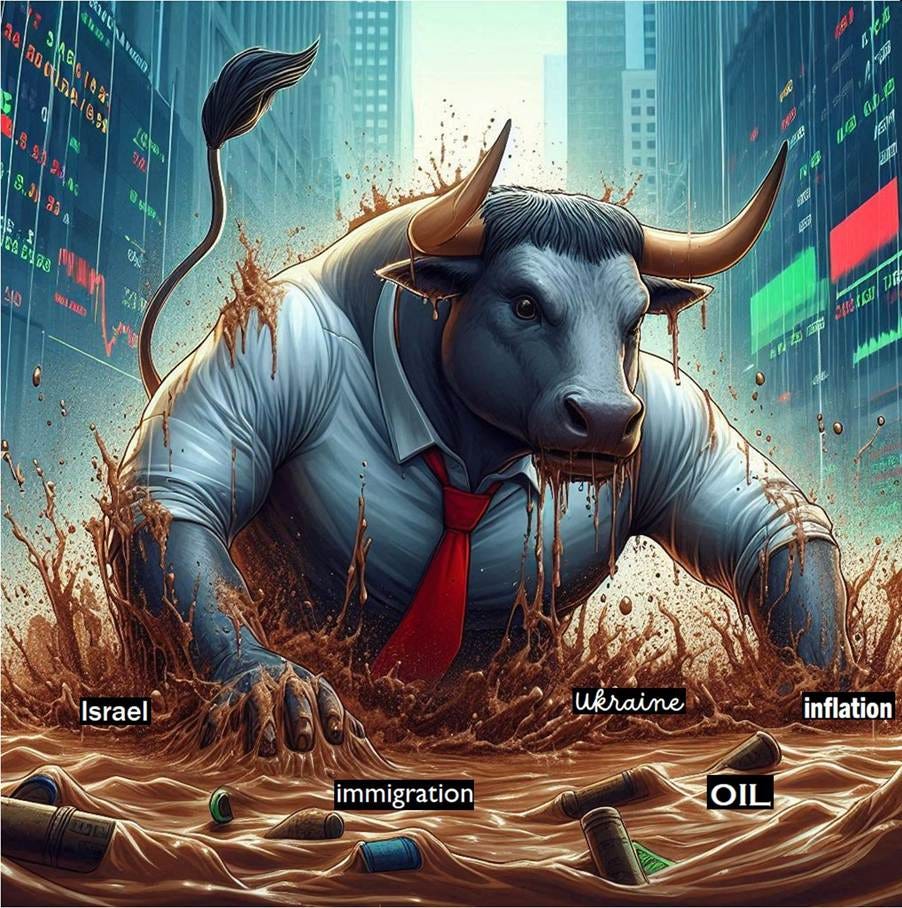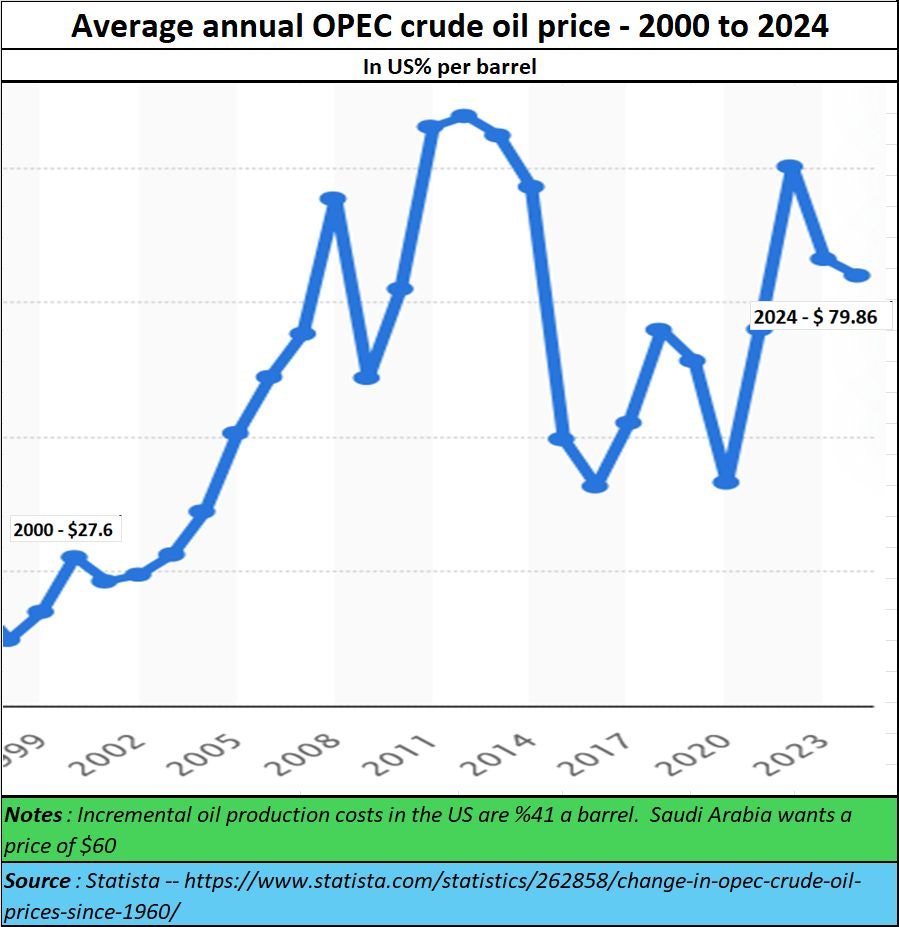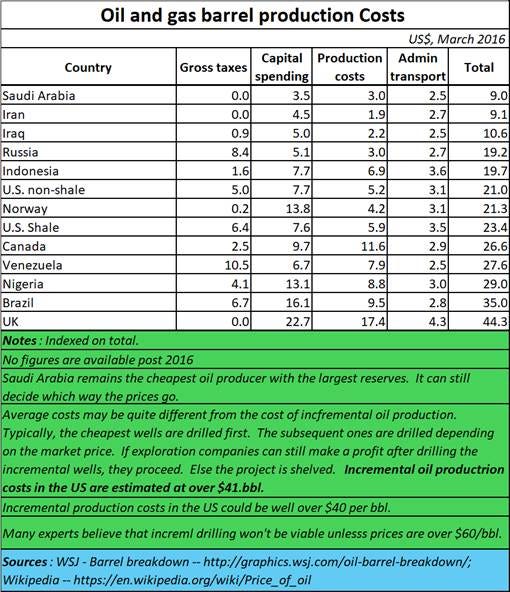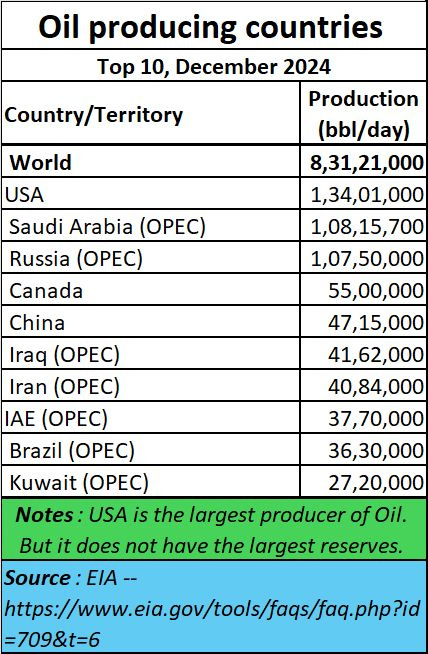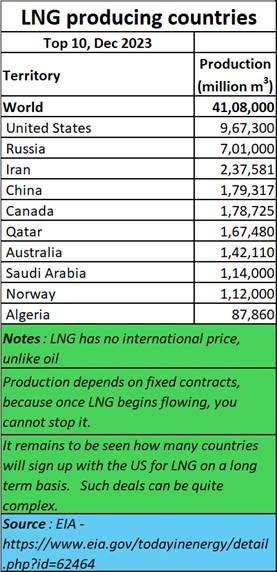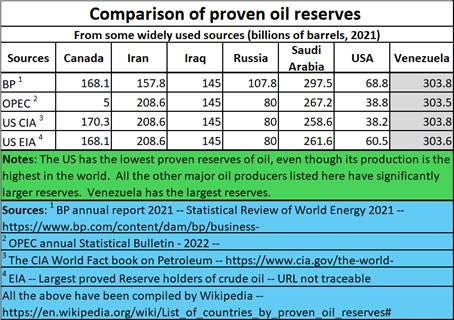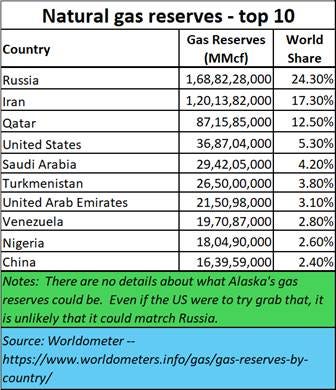Policy Watch
Trump has been in office for over ten days now. He has announced the largest number of executive orders on the very first day of Presidency than any of his predecessors. While most of them are aimed at domestic policies, some of them could have international ramifications. But the big question on everyone’s lips is whether Trump will get bogged down.
True, Trump 2.0 is a sharper, savvier President than Trump 1.0. He has first hand experience of what lobbies – especially the deep state can do. To beat them, he has adopted three strategies.
First, to send a clear warning that anyone going against his plans could have his or her security clearances removed. Without such clearances, any advisor or consultant to the government loses all access. The power vests entirely with the President. The demonstration of this clout began with John Bolton for former national security advisor (https://english.alarabiya.net/News/united-states/2025/01/26/top-republicans-urge-trump-to-rethink-stripping-security-from-ex-officials). He had become a vocal Trump critic.
President Donald Trump then revoked government security protection for former Secretary of State Mike Pompeo and his top aide, Brian Hook (https://apnews.com/article/trump-pompeo-hook-iran-security-protections-987ca371756f48028ebd34ca7111f1c5), The message is clear. Trump will brook no dissent.
Second, Trump wants to promote his MAGA concept by ensuring that the US is not only the largest producer, but the price leader as well.
Third, he wants to use all methods – including sanctions and policies aimed at destabilising would-be competitors – just to ensure that the MAGA concept prevails.
But some of his announcements have can have ripple effects that he may not have considered. I see problems rearing their heads in five sectors that could leave him bogged down.
1. Oil
2. Immigration
3. Israel
4. Inflation
5. Ukraine.
However, this column will focus on his plans for oil. The other issues will be discussed later.
Oil
When it comes to oil, there are three factors at play.
Target price: Trump wants to bring down US and global oil prices to under $50 /bbl (Drill baby drill). He wants to free all hindrances to drilling. They currently hover over %70 (https://oilprice.com/oil-price-charts/). He wants to bring down LNG prices as well.
One objective could be to bring down the cost of oil for the US. He knowns that his electorate would love him for this. At the same time, Trump hopes this will boost the US share of oil in the world, and also create enough revenues to boost its income. That could help reduce debt. But he is also keen to ensure that low prices of oil eat into the incomes that Russia and Iran earn. But that could be wishful thinking.
Production costs
He could also help reduce costs by removing all taxes and leases on federal lands on which much of the oil is discovered. He could reduce corporate taxes. That is what Natasha Kaneva, JPMorgan's head of global commodities strategy, says when she discusses the outlook for crude oil prices and production under the Trump administration on "Bloomberg The Close."
But this is where problems could emerge. While the current costs of oil production are not significantly high, people must bear in mind that these are average prices. The cost for drilling incremental oil is bound to be substantially higher. As researchers at MIT Centre (https://ceepr.mit.edu/wp-content/uploads/2021/09/2016-012.pdf) point out in their paper, “Recently, an average of 5 million bbl/d of new capacity has been added each year, at a cost of more than $500 billion: $100,000 per barrel per day.” Moreover, incremental oil production will take some time. It could be after 2026, not earlier.
Some experts believe that at this planned price of under $50/bbl, one-third of existing oil producers in the US could shut shop because operations would then not be viable anymore. US would lose production. This is because even as things stand today, the cost of incremental oil production is around $41 / bbl. See timeline 9:38 at
.Then there is the issue of fresh investments. They pour in when the promise of profit is good. At under $50 a bbl, investment may not come in. Some experts believe that it is only at $60 that investments can become attractive.
Finally, much of the oil production in the Middle East has US investors. They would not like their margins to decline. Trump may get bogged down because of this simple arithmetic factor.
Size
It is quite possible that Trump believes that he can push the oil markets any way he wants. This is because, currently, the US is the largest producer of oil. When you are the biggest, you think you can do anything.
The same is the case with LNG. Once again, the US is the largest producer, thanks to shale gas. Trump wants to remove all environmental restrictions, so that this production volume can go up.
Thus, on paper at least, the decision to enhance oil and LNG production may sound good. But it depends on the final price. If the market price is lower than the cost of incremental production, fresh production will just not take place.
Global share
And this is where there is another problem. It would appear that the US wants to flog production, And it wants to continue doing that. That could be one of the key reasons for the US not willing to be constrained by climate accords.
This is evident from the fact that the US has the lowest of reserves among the countries in the table. When you have low reserves, you cannot go very far. And that could be another reason why the US wishes to destabilise governments that could be a threat in it desire to be the biggest player.
Expect other countries to become hostile if the US tries anything.
This is true even where LNG reserves are concerned. The US has the fourth largest reserves. Moreover, it is dwarfed by Russia. That could explain why it wants to sanction Russia, even if it means inconveniences for the rest of the world.
Finally, LNG does not have a market price. It is a negotiated price based on long term contracts. Both the buyer and the seller face huge penalties in case either party defaults. The seller must produce and supply the amount contracted. And the buyer must pay for the volumes contracted. There is hardly any spot market.
This is because LNG wells are drilled only after the contracts are signed. You cannot stop production. Hence, the US plans of selling LNG will depend on signing long-term contracts first. That also explains why it wants the EU on its knees, so that it becomes willing to sign long-term contracts at prices that won’t be as attractive as those with Russia. Someone is going to balk. Trump could then get bogged down.
Conclusion
Trump’s MAGA strategy may appeal to the US domestic audience. But when it comes to oil and gas, Trump’s strategy is a threat to global peace. It is also a threat to the global environment.
And if the costs of incremental production of oil and gas are concerned, his desire to bring down the price could end up as plain bluster. Trump may get bogged down.
The author is a senior journalist and researcher.
Do watch my latest podcast on the desperation that is growing in India at




